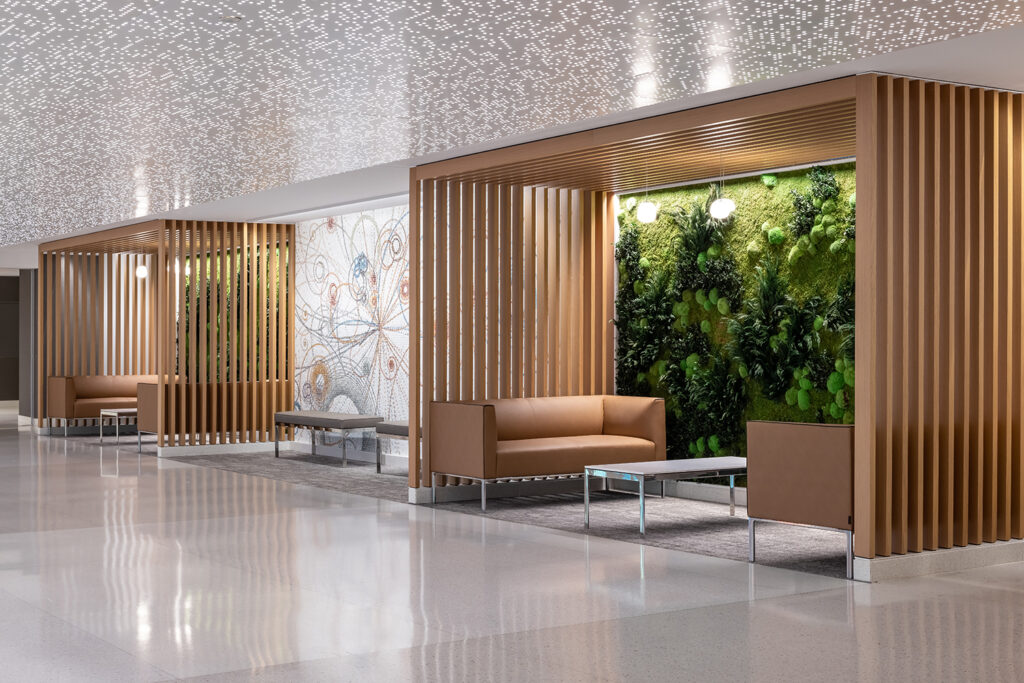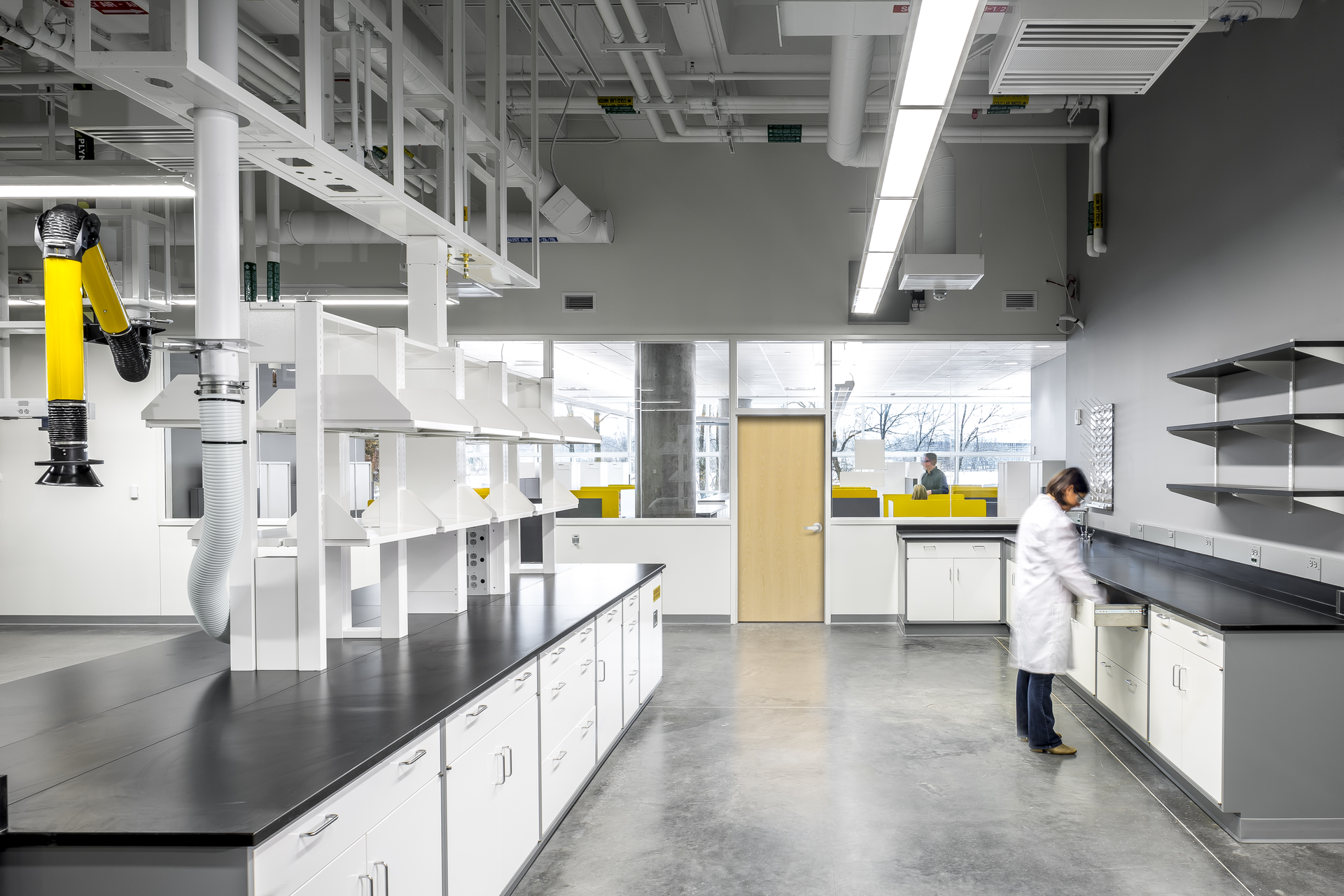High-quality design demands a unique blend of art and science — plus a constant, renewable source of inspiration. Without inspiration, the outcomes are rote, derivative, and dull. Put another way, how can you expect to create spaces that inspire without being inspired yourself?
For our latest podcast we sat down with a diverse group of employees from BWBR and asked each of them the same question:
When you think about architecture, design, and the natural environment, what spaces or places inspire you? Why do you find them impactful? In short, where do you find inspiration for your work?
The answers were insightful and, in many ways, surprising. We strongly encourage you to listen to the whole podcast episode — it’s a wealth of great tidbits — but we wanted to share a few highlights here:
Craig Peterson, Principal
Design can be impactful in many ways, from simple function to performance to creating delight. To me, design is most impactful when it spans all of that and touches on one’s emotions, experience, or senses in a way that makes the space memorable. Personally, I recall being inspired by Fallingwater in Pennsylvania, a famous space designed by Frank Lloyd Wright in the 1930s. You might roll your eyes and say “Oh come on, you’re pulling out one of the most obvious examples,” but that’s for good reason and having experienced it firsthand was truly remarkable, as it touches all the senses.
Daniel Treinen, Design Leader
I always think about how design affects the end user. Are they going to experience joy? What will feed into that? For me, part of that comes down to how a person will move through a building—what natural light they’ll encounter, what materials will be there—that’s so important. I’m also an advocate of limiting the palette instead of trying to get too fancy. There are a few places in New York City where a combination of natural light, materiality, and a refined palette fills the user not only with joy, but with awe.
Ellen Konerza, Senior Project Architect
I’m a joy seeker. I think that’s why we travel, why we try different foods, why we like to meet new people and experience different cultures. I’m inspired by spaces that bring me joy, whether it’s the amber-colored bridge to nowhere at the Guthrie or the Sagrada Familia church in Barcelona. I work a lot with behavioral health designs as well as secure environments, and I really try to bring those elements of joy into our spaces here.
Greg Fenton, Principal, Director
We’ve all heard about beauty and form, or form and function. In any design project, there are the aesthetic or beauty sides of the project and then the objective, functionality side. Truly the best architecture and design is when you experience both sides—beauty and functionality. A place like Red Rocks Amphitheater does that; it’s a beautiful setting and also uses the natural elements to let the sound come alive. When those two elements come together, and design is emotional and objective at the same time, that’s what inspires me and makes an impact.
Jason Nordling, Principal, Director
I’m focused entirely on health care and am a pragmatic person, so I tend to lead with function first. But that functionality can be incredibly moving and impactful. I’m moved by any healthcare space we’ve designed where a patient can say “This changed my life,” or “This helped me heal.” A number of years ago, my father had a minor stroke and ended up at a hospital that we had designed. He had a wall full of windows looking out onto the fields, and he’s a farm guy at heart. He loved that view, and he talked about how calming and healing the space was for him. Those little stories inspire me to keep creating spaces that promote healing. They make it all worth it.
Jackie Peck, Senior Project Manager
For me, impactful design comes down to two things. One is a detail — something that makes you look up from your device to stop and take notice, to pause and appreciate what you’re experiencing. Something that makes someone say, “Wow, I wonder how they did that.” The other element is when something just works, and it comes together in a way that causes people to think, “That has definitely been well thought out.” I’m inspired by that — by design thinking that makes little details make sense.
Mark Baumhover, Senior Project Architect
Light, textures, ventilation, sounds, colors, materiality — all of that is so important and affects mood and emotion. But it all becomes even more important when it’s part of the experience of a space. Maybe it’s a venue that allows for the setting sun to rest on a balcony, or internal spaces that break off from a large, shared gathering space, or something else that gives purpose to the experience of a place and makes it memorable.
Nate Roisen, Project Planner
My role is design of lab and cleanroom spaces. Within that practicality comes the chance to make connections and make an impact because of the way a space is designed. It could be any space: a public park, or a little nook off someone’s kitchen. Maybe it’s the way a client is able to deal with trash removal in a lab — it might be very practical, but it’s exciting to feel the energy that comes with creating a space that matters to people because of the way it’s designed.
Laura Flynn, Design Leader
I’m really drawn to the outdoors, and I’m focused on creating spaces that people feel comfortable in and want to spend time in. For me, it’s not just about a built piece of architecture but also how that space intersects with the environment around it. That’s more and more the case as we look toward achieving more sustainability and embracing this sense of urgency to make change for the better.
For an industry hyper-focused on relentlessly precise measurements and plans, it’s amazing to see how many intangible and subjective elements inspire our designers. And yet, perhaps that’s what makes BWBR stand apart — we raise the bar by embracing those intangibles and making a space so much more than its measurements.
Don’t forget to listen to the whole podcast for even more inspo and insight!








